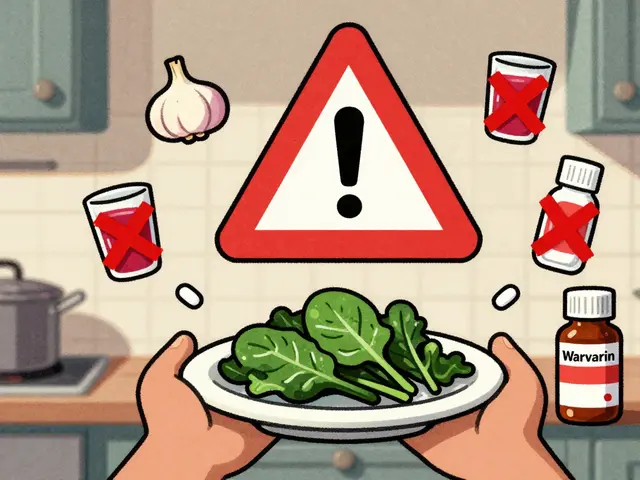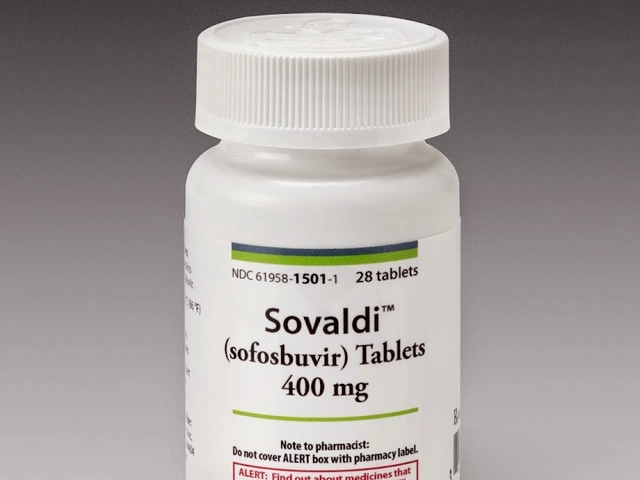Chloramphenicol: Uses, Safety and Smart Buying Tips
Chloramphenicol is an old but effective antibiotic mostly used as eye drops for bacterial conjunctivitis and sometimes as a last-resort systemic drug. It works by stopping bacteria from making proteins, which kills or slows them. Because of rare but serious blood-related side effects when taken by mouth, most people only get chloramphenicol in topical form for eyes.
When is chloramphenicol used?
The common use you’ll see is chloramphenicol eye drops or ointment to treat red, sticky, or painful eyes caused by bacteria. In hospitals, oral or IV chloramphenicol can treat severe infections like meningitis or typhoid if other antibiotics aren’t an option. Your doctor will pick it only when benefits outweigh the risks.
If you have mild eye symptoms—clear discharge, itching, or watery eyes—chloramphenicol won’t help because those are usually viral or allergic. A simple rule: green or yellow pus and eyelids stuck together in the morning suggests a bacterial infection and is when an antibiotic eye drop may be useful.
Safety, side effects, and who should avoid it
The main worry with systemic chloramphenicol is bone marrow suppression and a rare but serious aplastic anemia. That’s why oral or IV use is limited and requires blood monitoring. Topical eye use carries much lower systemic risk, but local irritation, redness, or allergic reactions can still happen.
Avoid chloramphenicol if you are pregnant, breastfeeding an infant, or are a young newborn—doctors usually pick safer options for these groups. Also tell your prescriber about any blood disorders, liver problems, or if you take other antibiotics that can interact with treatment.
If you notice unusual bruising, bleeding, persistent sore throat, or fever while on chloramphenicol, stop and seek medical care. Those signs can point to lowered blood counts.
Resistance is another concern. Using any antibiotic when it’s not needed, or stopping early, increases the chance bacteria become resistant. That makes future infections harder to treat.
Need an alternative? For common eye infections, chloramphenicol isn’t the only choice—some topical macrolides or fluoroquinolones may be recommended depending on local resistance patterns and your medical history. Your prescriber can advise the best option.
Thinking of buying chloramphenicol online? Don’t skip the prescription. Legitimate sites require one and will verify it. Watch out for pharmacies that sell antibiotics without prescriptions, offer suspiciously low prices, or won’t provide a pharmacist contact. Those are red flags for counterfeit or unsafe medicines.
Medipond covers safe online buying and alternatives to common antibiotics—check guides on verified pharmacies, how to spot fake drugs, and when an antibiotic is actually needed. When in doubt, get a quick consult with a healthcare pro—saving time now can avoid serious problems later.










